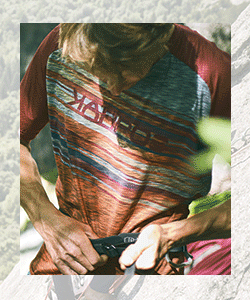Setter : Tricks to Keep Easier Climbs Interesting

It’s no secret that users of relatively easier climbs make up an important part of any gym community. And that keeping them engaged and coming back to the gym―especially providing options for new climbers to visit and enjoy the gym―is a large part of running a successful climbing facility. Setter : Tricks to Keep Easier Climbs Interesting
It’s very important to aim for the same diversity in what routesetters offer to these users as is provided for users of relatively more challenging climbs. So how can we avoid setting the same old, stale jug ladder ? And provide better routes for this often underserved part of our gym communities? How to avoid common mistakes ?
Some tricks to keep easier climbs interesting and not just ladders
The historically standard formula for setting most easier climbs revolves around a more or less straight up and down ladder. In general set with jugs and chunky footholds. There’s not necessarily anything wrong with this. In fact it’s very accessible and it gives beginning climbers in particular an easy entry into an activity that is new to them and something that their body is not yet used to.
Most new climbers understand the thought of climbing a ladder. In fact, they already have the mobility to do so. And duplicating that kind of a challenge with holds on a climbing wall usually equates to instant success with beginners. Keep setting those by all means, but realize also that it’s important to challenge the users of easier climbs as well. Give them and all climbers avenues towards not only improving physically, but to learning new techniques and movement. Providing this kind of route diversity should be our goal as well.
There are a few main areas that we have to work with when pursuing this goal. The holds used, the wall angles set on, and the movements proposed. Choosing one or more of these areas and straying from the routesetting norms in your facility are sure fire methods of mixing things up. In order to obtain the route diversity that is often lacking on easier climbs.










